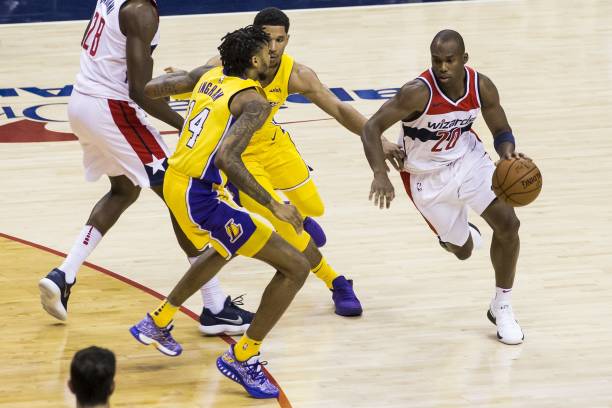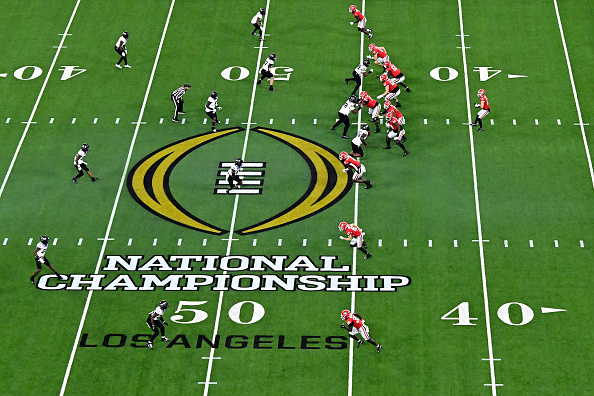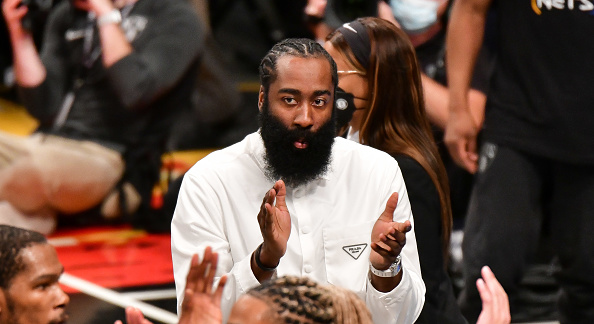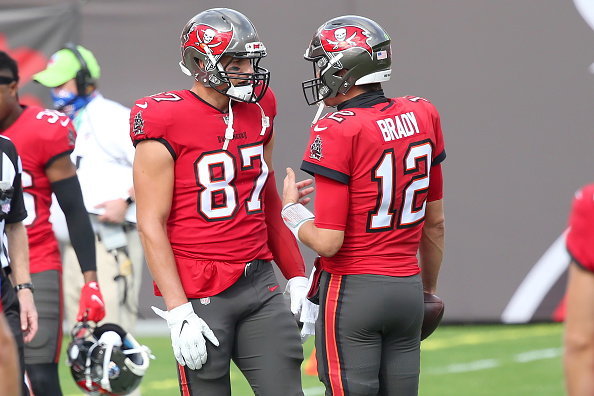Beth Sullivan | March 13th, 2019
Deep Vein Thrombosis or DVT is generally considered to be a condition of the out of shape or elderly individuals. It is for this reason, that when a young in shape athlete is diagnosed with one people want to know why.
Recently LA Laker forward Brandon Ingram was diagnosed with a DVT in his right arm after missing games because of shoulder pain. Since athletes aren’t in the front of the line for a DVT diagnosis, the question becomes why him?
There are several risk factors for DVT in athletes.
Athlete-Specific Risk Factors for Clots
- Traveling long distances to and from a sports competition (sitting in one position on long bus, plane or car rides)
- Dehydration (during and after a strenuous sporting event) The charlie-horses athletes suffer can lead to blood clots because the blood cells come closer together making it easier for clots to form.
- Significant trauma- bruising that result from normal contact during a game result in superficial extravascular blood clots or hematomas in the tissues around blood vessels. These bruises can actually compress the blood vessels, making it harder for the blood to circulate
- Immobilization (brace or cast)
- Bone fracture or major surgery which can lead to blood vessel damage and problems with circulation
- A family history of DVT or PE – If someone else in the athlete’s immediate family has had a blood clot, then the likely hood of a genetic, familial cause is greater.
- Presence of an inherited or acquired clotting disorder. There are several inherited coagulation defects that can increase the risk of a DVT forming
- May-Thurner Syndrome (narrowing of the major left pelvic vein)
- Cervical rib causing thoracic outlet obstruction
- Presence of a congenital abnormality of the anatomy of the veins and or arteries
- Narrowing of the inferior vena cava (the main vein in the abdomen);
- Cervical rib causing thoracic outlet obstruction
- Medications – most commonly oral contraceptives and hormone replacement therapy because these medications increase the propensity for blood to clot
- Medical conditions that cause the blood to be hypercoagulable (more likely to clot) include cancer –cancer treatments such as chemotherapy and radiotherapy can also increase this risk of blood clotting, infectious conditions, such as hepatitis and endocarditis, inflammatory immune (autoimmune) conditions such as rheumatoid arthritis and antiphospholipid syndrome – an immune system disorder that causes an increased risk of blood clots. In women of childbearing age, pregnancy increases an otherwise healthy woman’s risk of blood clotting because of the increased volume of blood that the woman has to circulate for both herself and the baby. This risk increases tenfold just because of the pregnancy and even more if there is a family history of DVT.
- thrombophilia – a genetic condition where your blood has an increased tendency to clot. There are many different inherited conditions that have thrombophilia as a symptom
Additional Risk Factors for DVT
- obesity
- smoking
- age over 60
What’s next for Brandon Ingram
He has already been ruled out for the rest of the season. He will be started on blood thinners such as Coumadin or Xarelto. He will be tested for genetic causes and other medical conditions that could require long-term anticoagulants. If no other reason for the DVT is found, he will be on the anticoagulant for 3 months. It will then be stopped. Doctors will design a regiment for him to follow to try to prevent a recurrence of the DVT. With his history of DVT, future pain in extremities or extreme shortness of breath will prompt an immediate workup to exclude a recurrence. Any procedures related to his athletic endeavors will also include anticoagulant therapy. Provided he does not have a recurrence after the initial 3 months of anticoagulants, he should be able to return to playing next season.
If he has a recurrence or if a genetic or medical reason for the DVT is found and he requires long-term anticoagulant therapy, he will be unable to play basketball because of the anticoagulant therapy. Anticoagulants are on the banned substance list in all major sports.
Questions and comments?
thescorecrowsports@gmail.com
Follow Us on Twitter @thescorecrow
Follow Us on Reddit at u/TheScorecrow
Follow Us on Facebook at The Scorecrow
Follow Us on Instagram at The Scorecrow
Follow Beth Sullivan on Twitter @GAPeachPolymer
Main Credit Image: [getty src=”872298704″ width=”594″ height=”396″ tld=”com”]







